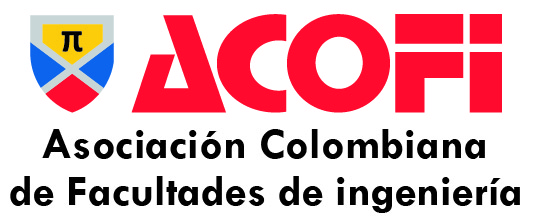Student qualification through fuzzy logic system
DOI:
https://doi.org/10.26507/rei.v4n8.83Keywords:
fuzzy Logic, student’s evaluation, fuzzy interference systemAbstract
A fuzzy inference system is implemented to perform student’s assessment in a course. The proposed system includes quantitative inputs i.e grades, assignments and qualitative inputs as the student’s motivation.The algorithm incorporates a methodology for generation of fuzzy rules via fuzzy arithmetic,weighted fuzzy average and the distance among fuzzy sets. The proposed fuzzy system can be used in any
course and it produces a scalar as output which represents the final grade. The methodology is developed using Matlab® and it is validated using different assessment scenarios to demonstrate that the proposed
fuzzy system is reliable and robust to decide the approval of a course.
Downloads
References
Bandemer, H. y Gottwald, S. Fuzzy Sets, (1996). Fuzzy Logic, Fuzzy Methods with Applications. New York: Jhon Wiley and Sons. 50.
Biswas, R., (1995). An application of fuzzy sets in students’ evaluation, Fuzzy sets and systems, Vol. 74. 187 -194.
Chen, S. and Lee, C. (1999). New methods for students’ evaluation using fuzzy sets, Fuzzy sets and systems, Vol. 104. 209 -218
Holgado C. (1995). Controladores en lógica borrosa. Servicio de Publicaciones de la Universidad de Cadiz. ISBN: 84-7786-248-6. 65.
Jones, A., Kaufmann, A. y Zimmermann, H.J. (1986). Fuzzy Sets Theory and Applications, D. Reidel Publishing Company y NATO ASI Series, series C: Mathematical and Physical Sciences. 177-403.
Mamdani, E.H. and S. Assilian (1975). An experiment in linguistic synthesis with a fuzzy logic controller, International Journal of Man-Machine Studies, Vol. 7, No. 1. 1-13
Martin del Brio, B. y Sanz, A. (1997). Redes neuronales y sistemas borrosos. Introducción teoría y práctica, Ra-ma editorial, Madrid. 387
Tee, A.B., Bowman, M.D., y Sinha, K.C. (1988). A fuzzy mathematical approach for bridge condition evaluation. Civil engineering System. 5,17-24
Trillas, E., Alsina, C., Terricabras, J. (1995). Introducción a la lógica borrosa, Editorial Ariel, Barcelona. 226.
Zadeh, L.A. (1965). Fuzzy sets, Inform. and Control, Vol. 8. 338-353
Zimmermann, H.J. (1996). Fuzzy set theory and Applications, third edition, Kluwer academic publisher, Boston. 435
Downloads
Published
How to Cite
Issue
Section
License
Total or partial reproduction of the documents published in the journal is authorized only when the source and author are cited.
| Article metrics | |
|---|---|
| Abstract views | |
| Galley vies | |
| PDF Views | |
| HTML views | |
| Other views | |









